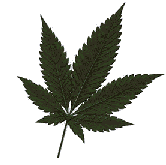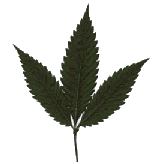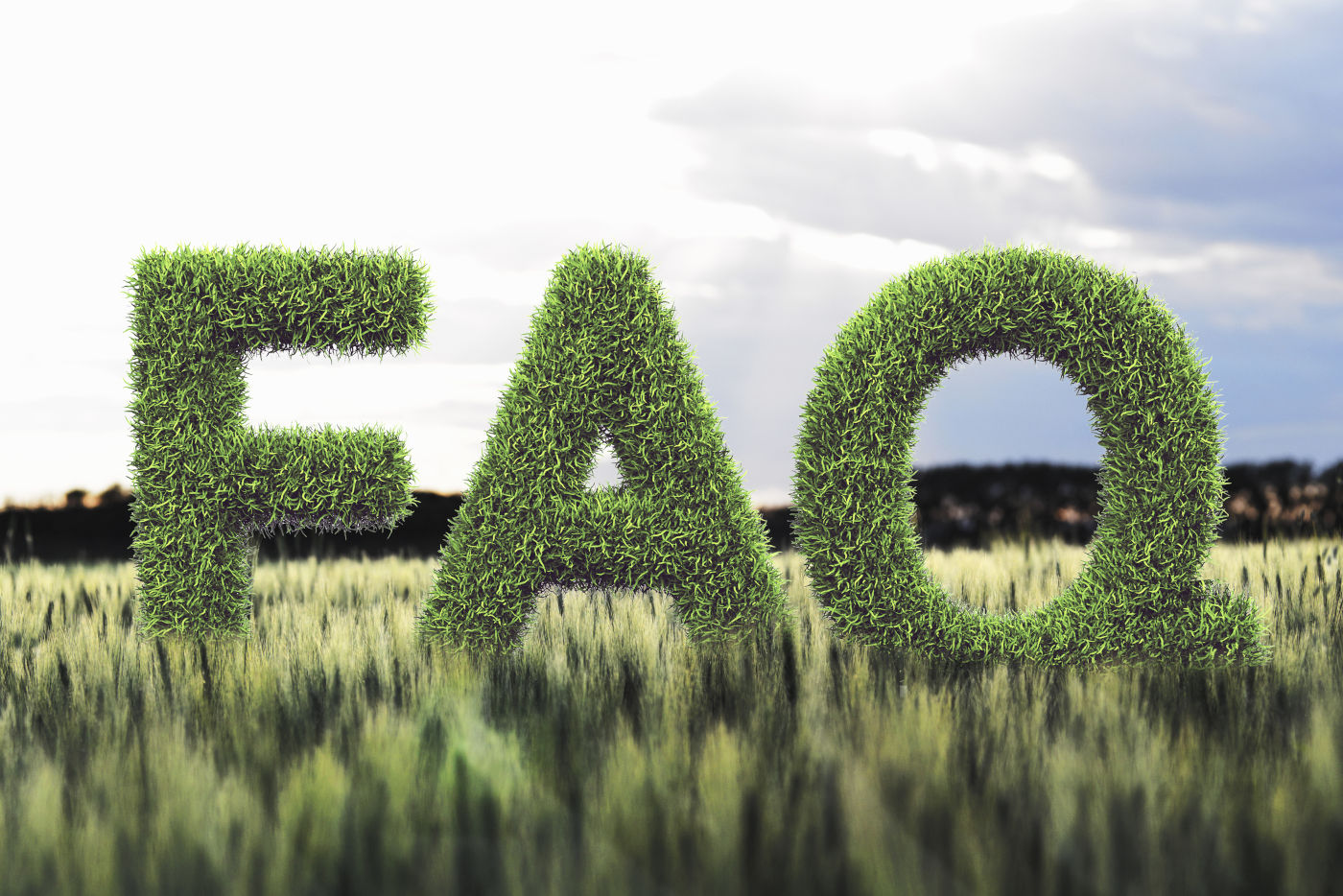Q: Is cannabis addictive?
A: The definition of addiction is “A compulsive physiological and psychological need for a habit-forming substance”. It is possible to develop a psychological addiction to weed, however, cannabis is not physically addictive. It is accepted that in some cases a psychological dependence can occur in heavy to chronic users.
Compared to most other drugs dependence among marijuana users is relatively rare. Although very few marijuana users develop dependence, some do. But dependence appears to be less severe than dependence on other drugs. Even heavy cannabis users won’t suffer withdrawal as is the case with alcohol, hard drugs and prescription medicines. Chronic users who stop using cannabis report experiencing irritability, restlessness and find it difficult to sleep for at least a week after stopping its use.
Q: Does using cannabis lead to harder drug use?
A: There is no evidence that cannabis leads to hard drug use. According to the National Academy of Sciences’ Institute of Medicines 1999 report, Marijuana and Medicine: Assessing the Science Base. “There is no conclusive evidence that the drug effects of marijuana are causally linked to the subsequent abuse of other illicit drugs. There is no evidence that marijuana serves as a stepping stone on the basis of its particular physiological effect.”
Q: Is marijuana more dangerous than tobacco?
A: Cannabis is not more dangerous than consuming tobacco. Research shows that daily cannabis smoking does not lead to increased rates of respiratory illness. Unlike tobacco, research has never shown that cannabis increases rates of lung cancer or other cancers usually associated with cigarette smoking. In May 2006, Dr. Donald Tashkin of UCLA presented the results of a new study showing that even chronic marijuana smokers had no increased risk of developing lung cancer.
Q: What are the different strains of cannabis?
A: There are three distinct types of the cannabis plant that are grown for their psychoactive content. These are Cannabis Indica, Cannabis Sativa and Cannabis Ruderalis. The fourth classification is given to what is now referred to as Hemp. Hemp is the name given to non-psychoactive cannabis plants that are grown commercially for seeds, oil and fibre. These plants typically contain less than 3% THC content, however, hemp strains have been artificially bred to contain very little cannabinoid content to satisfy the prohibition lobby.
Now that farmers can grow regular cannabis they are able to utilize more of the plant and earn extra income from the cannabinoids which are used as medicine. This hasn’t crippled the black market in cannabis but it has brought some back-market suppliers into legal cannabis farms.
Cannabis indica

This variety originated from the mountainous regions of Central Asia. Local strains were collected from Kashmir, Pakistan, Northern India and Nepal during the early 1960s. These native plants became the gene pool for many of today’s varieties. They are characteristically stocky and hardy plants that produce broad, maple-like leaves. Rarely reach heights in excess of 2m (7ft) outdoors, producing heavy, tight flowers that are high in psychoactive content.
Cannabis sativa

These varieties originate from equatorial regions and can reach heights in excess of 15 ft (4.5m). They produce thin, spiky leaves and massive colas that are not very dense. Cannabis sativa varieties are high in THC content and give the user a more profound and uplifting experience.
Cannabis ruderalis

This is a debated third variety of cannabis found in Russia, Poland, and other eastern European countries. Schultes classified cannabis as having three species: Sativa, Indica, and Ruderalis based on the formation of the seedpods. There is still some debate as to whether there is justification for this third category. Some features of Cannabis ruderalis are large seeds, weedy plants around 150cm (5ft) tall and a lower level of THC than sativas or indicas.
Q: Is hemp oil the same as cannabis oil
A: No hemp oil is very beneficial and should be used daily by anyone suffering from illness but it does not contain the cannabinoids found in cannabis oils that are required to cure cancer and other serious conditions.
Q: Does cannabis smoking damage brain cells?
A: There is some evidence from a study carried out in New Zealand that individuals who smoke cannabis whilst in their teenage years have a lower IQ score in adult life than others who have never used the plant, this suggests that it is not beneficial to use cannabis whilst the brain is still developing, however, a North American study conducted by think tank Source Watch found a correlation between the smoking of certain Sativa strains of cannabis and academic achievement. The use of these Sativa strains led to the stimulation of chords within the cerebellum which otherwise remain dead throughout daily activity.
Q: I’ve been informed that today’s cannabis strains are stronger and more dangerous?
A: Claims of a dramatic increase in today’s cannabis potency are used by prohibitionists to bolster their dubious case against cannabis use. The statistic is based on the assertion that cannabis in the 1960s and 1970s contained only 1% THC but this makes no sense whatsoever as 1% cannabinoid content would not make the cannabis even slightly psychoactive. Before cannabis was made illegal, drug stores in the U.S. and Britain sold tinctures of cannabis that were over 40% THC. David Cameron, the British prime minister is on record as saying that cannabis is now twenty to thirty times stronger, which is physically impossible because it would have to be over 100% cannabinoid content.
It can be argued that in reality there is no increase in potency, more than many modern varieties contain significantly more THC and reduced CBD, however, THC is not toxic at high doses and modern strains may actually minimize the risk for lung problems because less is required to achieve the desired effects. The truth is, cannabis has not increased in potency to any great extent, if at all, in the last several hundred years and even if it is shown that today’s cannabis is stronger, it would still not be harmful to the user.
Q: Which medical conditions can cannabis treat?
A: Alcohol and opiate abuse, Alzheimer’s disease, Amyotrophic lateral sclerosis (ALS), Anorexia nervosa, Loss of appetite, Asthma, Arthritis (rheumatoid or osteo). Attention deficit hyperactivity disorder, Atherosclerosis (also known as ASVD). Autism, Bipolar disorder, Cancer, Cystic Fibrosis, Depression, Diabetes mellitus, Emphysema, Epilepsy, Fibromyalgia (FM or FMS), Glaucoma, Glioma, Hepatitis C. Herpes, High blood pressure, HIV, Huntington’s disease, Incontinence, Insomnia, Leukemia, MRSA, Migraines, Multiple sclerosis. Nausea and vomiting, Osteoporosis, Pain relief (analgesia), Parkinson’s syndrome, Post-traumatic stress disorder. Pregnancy, Pruritus, Psoriasis, Sickle-cell disease, Spinal cord injuries, Tourette syndrome.
Q: What is the best way to use cannabis medicinally?
A: If you are treating a serious illness such as cancer. Try to access cannabis oil and take it orally by placing a small amount either under your tongue or inside of the cheek. If you wish to smoke cannabis, which is advisable for pain relief as the effect is felt more rapidly then we suggest you use what is known as a vaporizer. These gently heat the cannabis to release the cannabinoids.
It is not advisable to smoke cannabis in tobacco joints for obvious health reasons. Have you considered making cannabis edibles? There are recipes for medical cannabis chocolate included in this resources section, or you could make cannabis butter which is then added to recipes or simply spread onto toast

